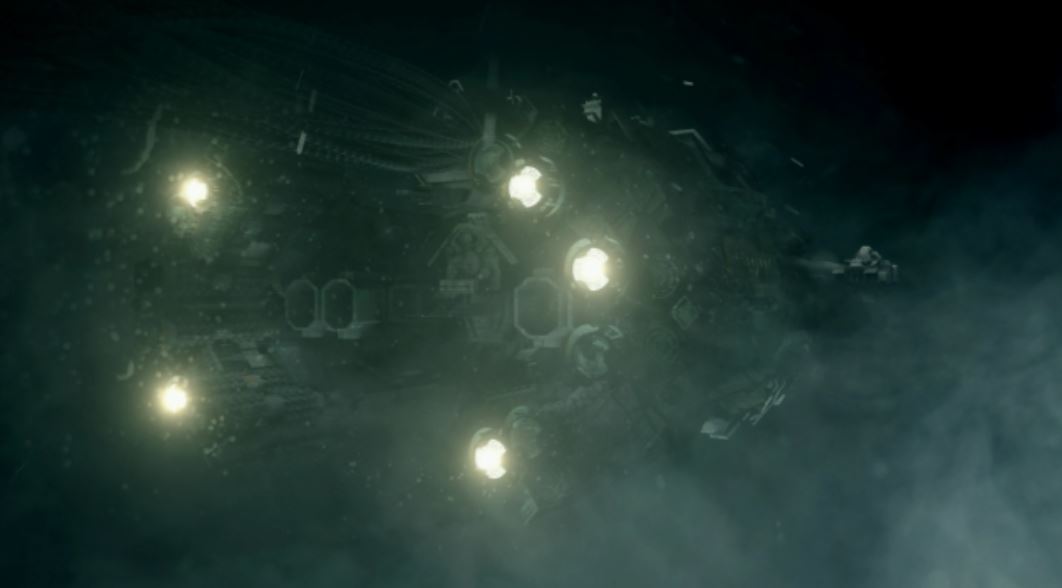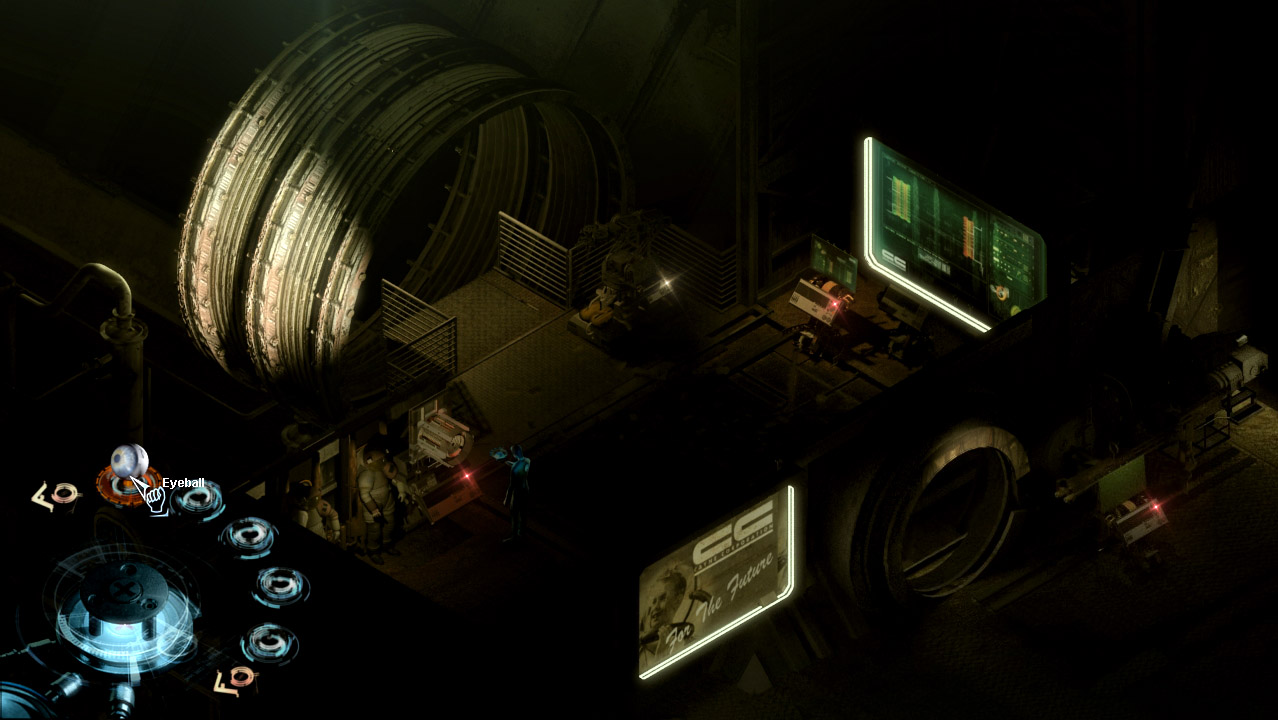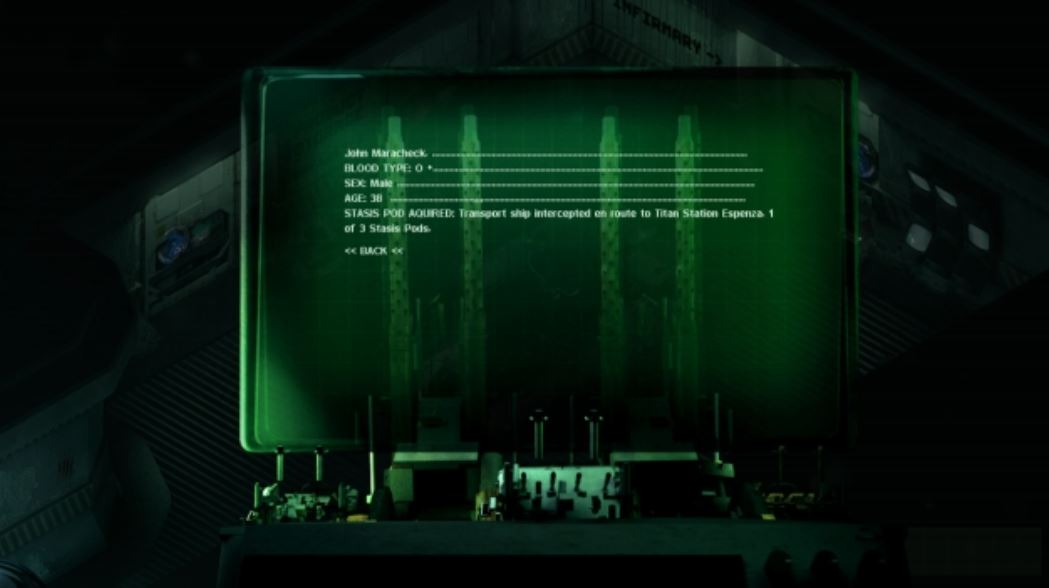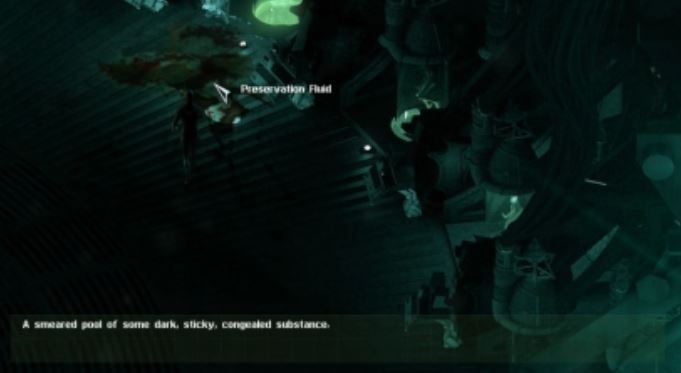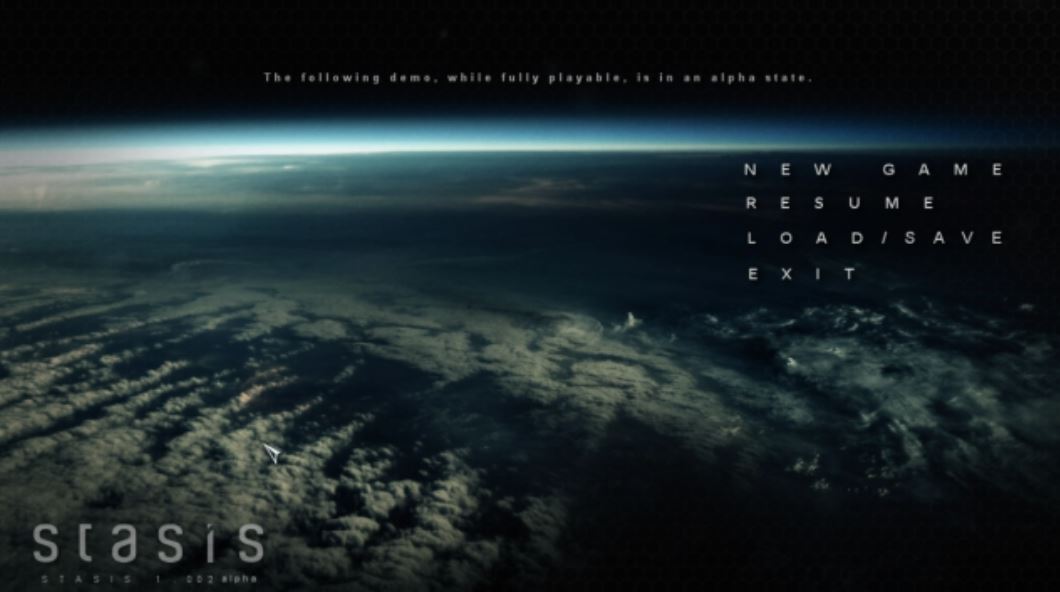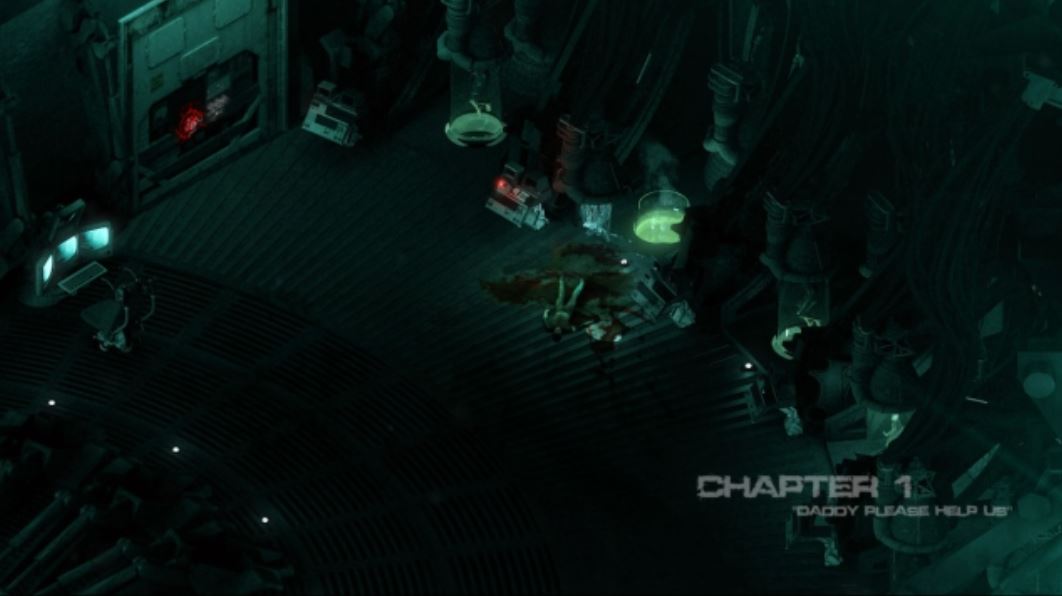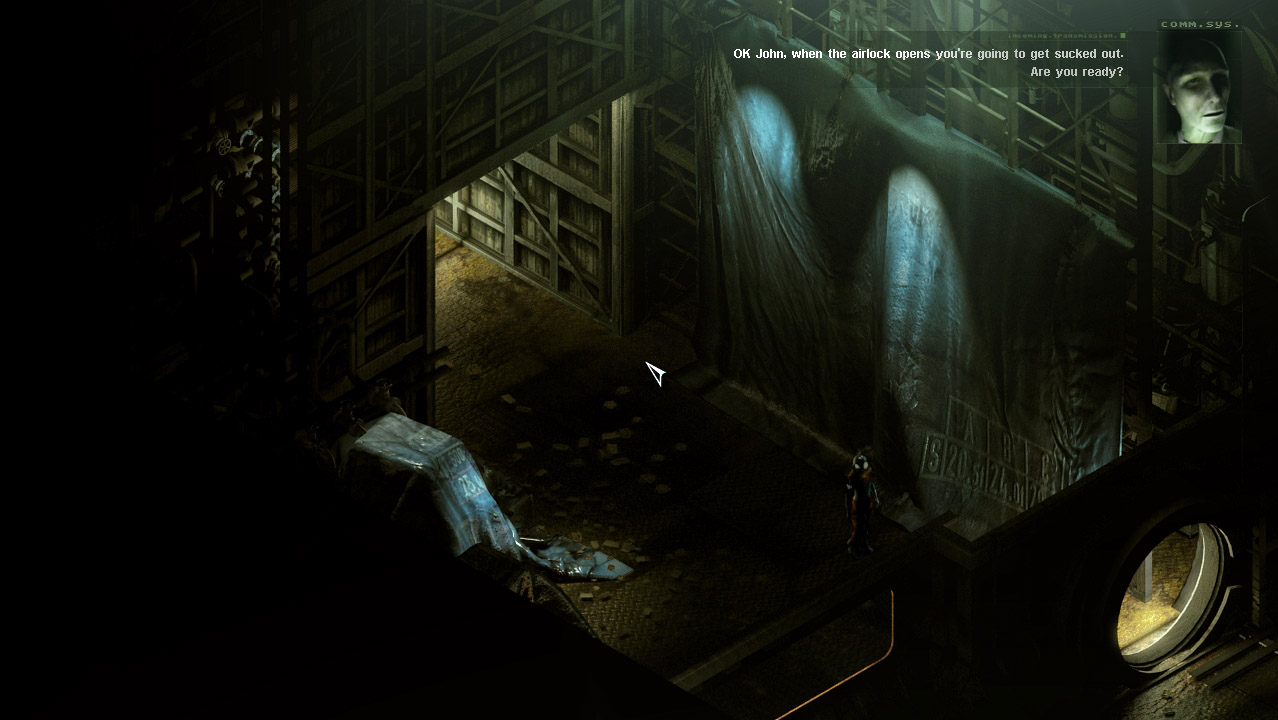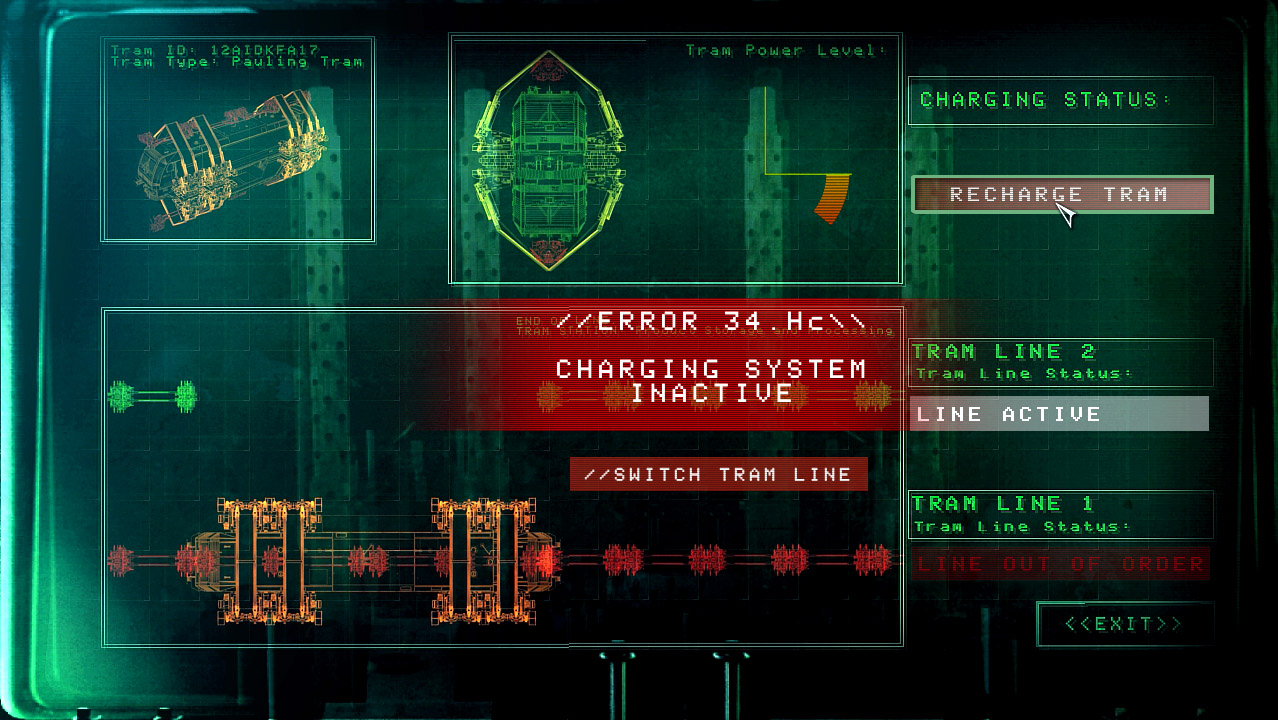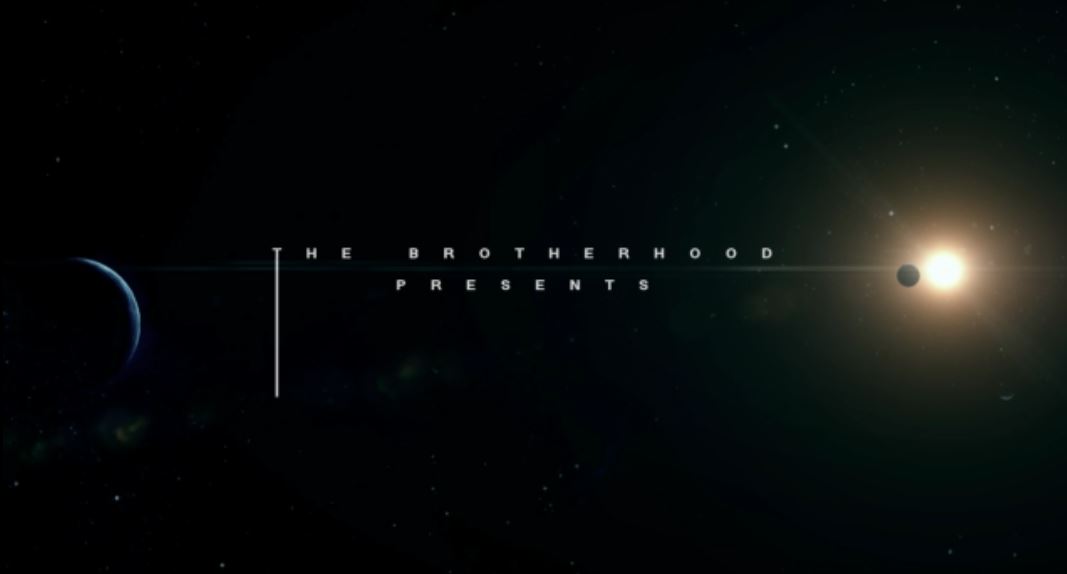If you’ve read my piece on Alcatraz 1954, then you know I’m not really crazy about point & clicks. But every so often one calls out to me and I have to try it. This was the case with the currently-in-development Stasis.
Stasis defines itself as a “2D isometric point & click horror adventure game.” It is being developed by a small indie developer team known as The Brotherhood. This is their first game, but judging from what I’ve seen, it hopefully won’t be their last.
Because the game is still in alpha, I was only able to play the demo which consists of the first chapter or at least the first section of the first chapter depending on how the game is ultimately broken up once completed. I have to say that as far as point and clicks go, it’s one of the better ones I’ve played and without a doubt it’s the best looking indie developed PC game I have ever seen. If you don’t like point & clicks then don’t even waste your time, but if you do or can at least stomach the slow gameplay style, then this should jump to near the top of your list of upcoming titles. For its genre, it does not disappoint.
GRAPHICS 
Let me reiterate what I said in the introduction, because it’s worth repeating. This is the best looking indie game I have ever played and that’s saying a lot considering it’s a 2D point & click. The graphics are really just phenomenal. There’s no other way to define them. The gameplay is done in isometric 2D, meaning 2-dimensional drawings look 3-dimensional.
[quote_center]This is the best looking indie game I have ever played . . .[/quote_center]
The gameplay is mostly done in helicopter view, but slightly at an angle. Though the atmosphere is very dark and full of shadows, The Brotherhood did not use this as an excuse to get lazy on the graphics. The walkable areas are full of objects, both interactive and aesthetic. High levels of detail went into designing the visual aspects of this game. The shards of broken glass, the bloodstains, steam rising from vents. There’s so much going on in the background and all of it belongs there.
Movement looks great in Stasis. Whether it’s the elevator moving up or down, doors opening, or John (the main character) just walking from place to place, it all looks great. Monitors have static, cans roll around the floor, and lights flicker. It’s no wonder this game took a year just for the level development/drawing. I only noticed one visual glitch where you could see the character’s feet standing through an item instead of behind it, but in the grand scheme of things, it’s really not that big a deal.
Actions look really smooth in this game. There are moments when you have to break things, open panels, or pick things up and it’s all shown on screen. None of that click and auto progress past the action crap that a lot of indies do. When you have to sever a limb from a bloody corpse, you get to see John take a cutting tool and sever that limb. There are also a number of panels and interactive objects that are shown in first person point of view that look astoundingly good. The elevator and train controls are 2 examples of this. I won’t say they look real, but they look very good for a video game, indie or not.
The HUD looks really nice too. It’s a very simple, yet elegant set of circular spaces that only appears in the bottom left corner when you hover over it, with each item you currently have sitting in one of the spaces. When you click an item, it becomes the cursor and then you can click on objects to have John use the item on the object. I assume this is a large part of the game because it happens several times during the demo and you have many available spaces by the end of it.
While the gameplay looks great, it’s the cut scenes that got to me when playing this game. From the very start of the game, which begins with a rather long, but absolutely beautiful sequence, you know that this is going to be quite the visual experience. That opening scene looks so good you could pass it off as a AAA trailer and you wouldn’t even be able to tell the difference. I went in expecting average at best, and by the end of that scene I was thinking Dead Space or even Mass Effect. And it’s not just the opening cut scene. Though there are only a few in the demo, every cut scene looks just as good. I never allow graphics to justify a bad game, but occasionally I’ll allow an increase in a game’s price because of outstanding visual quality and this is definitely one of those titles.
[youtube link=”http://www.youtube.com/watch?v=ND0t3oL9y5w” width=”590″ height=”315″]
GAMEPLAY 
As far as gameplay goes, this is your basic point & click. You use the cursor to hover over things and are given information about them in the bottom right corner. Something I really liked was that you are not required to click in order to get the info. Hovering is enough. You only need to click in order to interact with something.
When you are interacting with something such as a switch panel or a computer terminal, you can do everything you need to with simple clicks. At this point there are no mini-games or special clicking events. To move around you click the floor and John will walk to the spot you clicked. What’s nice is that if you double click he will run and you can click somewhere else and he will change direction mid-walk/run.
Objects you can pick up or interact with often have a small sparkle on them to indicate as much. When items are picked up, they are added to your inventory with a picture indicating what it is you’ve acquired. When you want to use it, you simply click it in the HUD and it becomes the cursor.
I have to say that gameplay is probably the weakest feature in Stasis at this point and that’s not just because it’s a point & click. I noticed a number of flaws and annoyances. For one thing when you want to exit an area through a door, you have to click the door to open it and then click the doorway again to actually leave. It seems pretty obvious that if you’re clicking a door that’s already unlocked it’s because you want to leave and such a command should automatically open and exit the area.
There are a number of in game objects that give you information, but very few of them (sometimes less than 1 thing per room) are actually interactive. You are often just passing through areas and see things that you feel should be interactive but aren’t. These can be things like objects sitting on tables all the way up to computers, which is odd because some computers actually are interactive. Movement glitches appear often too. Sometimes when you click something, John will walk in a different direction completely away from where you are clicking. But to me it felt more like the game was handholding and trying to guide me as opposed to just not responding to my commands properly.
One thing I really liked about the gameplay was the level of crudeness, for lack of a better word. This is a game about a man who’s lost his wife and daughter and is stranded for reasons later revealed to be sinister on a seemingly abandoned space ship where a number of violent deaths have already occurred. As would be expected, there are times when he needs to get his hands dirty and he does.
[toggle_content title=”Spoilers” class=””]A good example of this is when you have to get past a biometric handprint security lock. Eventually you find a man that has access. The problem is he’s dead and on another floor. Now you could drag his corpse all the way to the elevator (figuratively speaking because it’s not actually possible in the game) or you could do the more practical thing and find something sharp enough to remove his hand with which can then be easily carried to the scanner, thus allowing access to the locked room. You have to do a number of similarly violent things and they are all shown on screen.[/toggle_content]
For a point & click, it’s very exciting, but because of the tone, visual style, and nature of the gameplay, it is a very slow paced game that can go fast if you know what you’re doing and drag on if you get stuck on a puzzle. As you progress forward, you must visit multiple floors and rooms within them. It’s very easy to miss important items and information, thus forcing you to backtrack. There is a save/load feature with at least 10 save spots, but saving is not available in the demo or at least I couldn’t figure out how to do it if it is, so I have no idea how effective the system will be and to what duration it can/will be used.
All in all, the gameplay is not bad as far as point & clicks are concerned. It’s definitely not the worst point & click I’ve played and there are definitely some slight innovations. But I won’t go as far as saying it’s changed my opinion on the genre. Control-wise, it’s just another point & click.
[youtube link=”http://www.youtube.com/watch?v=Ob6sBsxf2YE” width=”590″ height=”315″]
SOUND 
The first thing you will notice and appreciate in Stasis is the graphics, but the second thing will assuredly be the sound. It’s very high quality and extremely well done. Usually I start with effects, but with this title I’ll start with music because it doesn’t play a huge role so I’ll get it out of the way and move on to more important things.
The music is of very high quality. It’s appropriately chosen and really creepy. But what I like most about how music is used here is that it’s not used in the background for the majority of the game. At least in the alpha demo, it’s only used in the background during the introductory movie and start of the chapter. For the entire rest of the demo, it’s only used as diegetic sound. Whenever music is used after the introduction, it’s part of the interior world of the game. It’s part of the environment and there for the character as opposed to for the player. For the whole of the demo, it’s only used once in a specific room where an abandoned radio was left on. And the music used is both recognizable and unsettling. It’s there to make the character uncomfortable, but will have the same effect on the player as well, which basically means that it was done perfectly.
The sound effects in Stasis are top notch. With horror games, sound may be the most important element because it, more than anything else, sets the tone. I’m not ashamed to say that I was a little scared playing this game. A big part of that comes from the sound. The setting of a giant defunct space ship would be a scary place. If Dead Space has taught us anything it’s that there are always things hiding in the dark. But because it’s dark our ears are given free rein to invent a host of possibilities which are often worse than the real thing. The Brotherhood understands this point perfectly and really takes advantage of it.
You hear so much background noise in this game and it’s all appropriate. Steam pipes hissing, damaged wires sparking, water dripping, and a host of other sounds. There is no silence in this game which makes it all the more scary because you appear to be alone, but aren’t really sure. Well except for the corpses strewn along the hallways.
The atmosphere of the game is created through the graphics but it’s solidified and enhanced with the sound. Everything from the rattling of the elevator to the robotic voice of the automated comm system plays a part in putting you in a world that feels real. Many horror games like Resident Evil play on dramatic music for effect and just as many use silence. But neither of these are realistic because just as you don’t actually have background music playing while you walk through life, you also don’t have pure silence. There is no such thing as something is always buzzing or scratching or churning, and it’s those aspects of reality that makes Stasis sound so good.
WRITING 
The writing is excellent so far. The demo only slightly sets up the introduction to what I assume will be a very long, possibly horrifying adventure following the path of one John Maracheck. Set in a futuristic world where words like space travel and cryogenic stasis are used in everyday life, John wakes up lying in a pool of cryo fluid unaware of his location, the whereabouts of his wife and daughter, how he got there, or why the space ship he’s on seems to be abandoned. As you progress through the demo you learn a little and you question a lot.
The player and John share the same point of view. You don’t know what’s going on or how you got there, but as John progresses forward and discovers information in various ways, so too does the player. Information is conveyed in a number of ways. Since it is a point & click there is of course the traditional points of interest feed that gives you little bits of information about objects you hover the cursor over. This is conveyed in short 1-2 sentence bites that give you general info about what you’re seeing.
Along the way you find a number of computer terminals, PDAs, notes, and even signs that convey information about where you are and what is/has been going on there. By reading this information you learn about the ship and members of its crew. You even start to guess how it is you and your family ended up there, but nothing is certain because of the subtle corporate nature of much of the information. You also interact with people but not in person. You find dead bodies, talk to someone through a radio communicator, and see flashbacks. There are even ghosts or quite possibly holograms that you may or may not be able to trust – you see them but can’t interact with them.
At least in the first chapter, the writing is excellent in that it sets up a story that has a clear beginning and projected end that you actually do care about. But there are also a number of other questions that come into play that you hope to answer by the end of the game. Knowledge is earned, not given, and while much of it appears to be superfluous, it also may be very useful for more than just background information because of the way it’s presented. Often the log about someone’s work experience may be the key to figuring out how to open a door or bypass a system. While I cannot say for the whole game, I do believe that the writing will be excellent all the way through based on the demo content.
REPLAY VALUE 
Replay value can go 2 ways in point & clicks. For some like Alcatraz 1954, there is replay value because you are given the ability to make decisions which ultimately have different outcomes. There are multiple endings and several ways to approach and solve certain problems. You can even fail to reach your ultimate goal and have one or both of the main characters die as your ending. But there are just as many point & clicks that have only one set of actions, outcomes, and ultimately a single ending. For these, replay value is a lot less possible because it basically comes down to beating your best time or having an interest in recreating the experience.
Based on the first chapter, it appears that Stasis will have little to no replay value. There are a number of areas and a number of things to do, but basically all of them are necessary to progress, and while some of them can be done in a different order, the outcomes are all the same. While this may not be true for the rest of the game, there is currently no reason to replay the demo (first chapter), and by extension I assume the same for the rest of the game, other than to recreate the experience. But that does not necessarily mean it’s not worth buying. The price has not yet been decided, but if the game is long, which it seems like it will be, and the price is proportional to the length of one playthrough, then it’s definitely still worth playing if you like point & clicks. This is one of those games where the replay value may be very low, but the must play value is very high.
[quote_center]. . .it appears that Stasis will have little to no replay value.[/quote_center]
CONCLUSION 
I will not go as far as saying Stasis is a must play, because I can’t see myself saying that about any point & click game. But I will say it’s a must watch at a minimum. The visual and audio appeal of the game is just too good to pass up. If you like point & clicks then this is definitely a game worth picking up, but if it’s not a genre that appeals to you, I would most certainly recommend that you at least YouTube a walkthrough just to get the experience. That opening scene will grab you. Even my girlfriend was interested and a little afraid after seeing it.
I have to give credit where it’s due and say that while I would love to see such talents used for a more exciting genre of gameplay, The Brotherhood has done a fantastic job with this project so far. So much so that they have already successfully completed their funding campaign through Kickstarter and are planning on releasing the game for Windows sometime later this year.
For more information on Stasis you can visit the official website where the alpha demo is currently available for download. Even if you’re not a point & click fan, I definitely recommend you give the demo a try.
